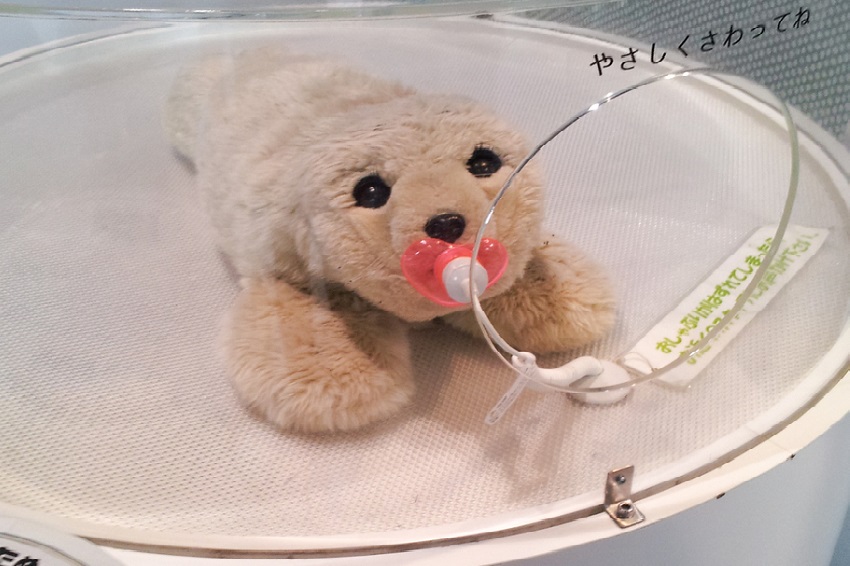Robot hygiene important too

Robotic support pets used to support older adults and people with dementia acquire bacteria over time, but simple cleaning can help them from spreading illnesses, according to a new study published in the open-access journal PLOS ONE.
AUT nursing lecturer and co-author Dr Rhona Winnington, says although not widely used in New Zealand, robot pets could be particularly relevant in light of pandemic-related social isolation requirements within nursing homes.
“Robot pets may be beneficial for older adults and people with depression and dementia living in care homes, likely improving wellbeing and providing company,” she says. “However, our study has shown the strong requirement for considerations around infection control for these devices. This is particularly pertinent given the vulnerability.
Dr Winnington supervised lead author, Hannah Bradwell at the University of Plymouth, UK, who measured the microbial load found on eight different robot animals after interaction with four care home residents, and again after cleaning by a researcher or care home staff member.
The animals ranged in material from fur to soft plastic to solid plastic. The cleaning process involved spraying with anti-bacterial product, brushing any fur, and vigorous cleaning with anti-bacterial wipes.
Most of the devices gathered enough harmful microbes during 20 minutes of standard use to have a microbial load above the acceptable threshold of 2.5 CFU/cm2 (colony forming units per square centimetre).
The post-cleaning microbial load, however, demonstrated that regardless of material type, previous microbial load, or who carried out the cleaning procedure, all robots could be brought to well within acceptable levels.
Useful Links:
- Read profile of Rhona Winnington
- Study Nursing at AUT